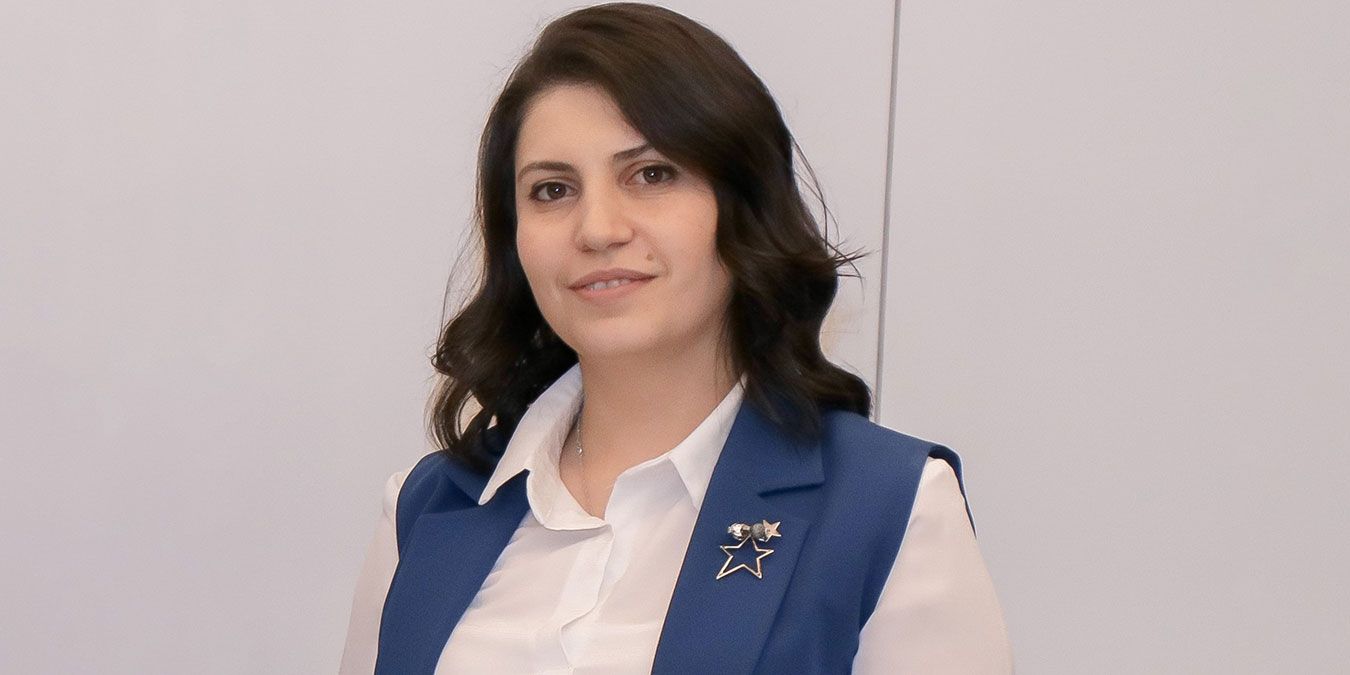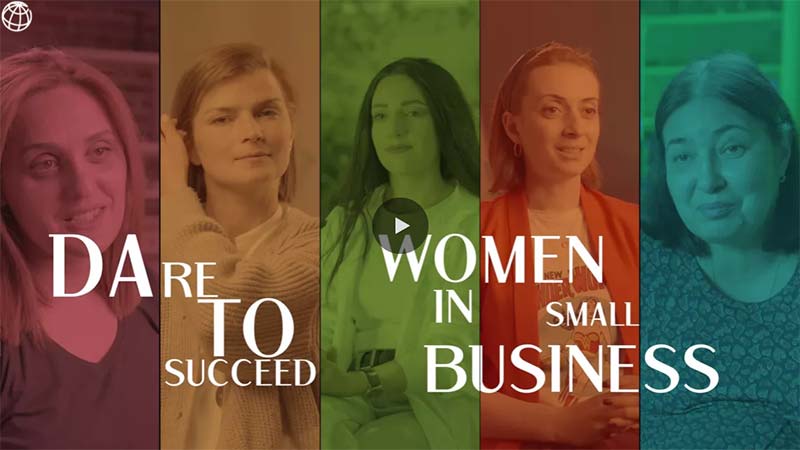Gohar Petrosyan, mother of two young children—Vahe, 7 and Hayk, 5—had a problem that is not unfamiliar to most parents. How could she and her husband manage their jobs and get their young children to kindergarten or school safely at the same time? In Yerevan, the capital city of Armenia, parents or grandparents usually take children to school themselves. That’s because the transport on offer is unreliable and—with children packed into vans and buses with just a driver and nobody to look after them—can even be dangerous.
In Petrosyan’s case, she hired a babysitter and arranged for taxis to send her children safely to school. But there had to be a better way. She looked around for an alternative solution, but there was none. So, she came up with her own. “It occurred to me that if someone could provide safe and reliable child transportation and combine it with babysitting care, hundreds of working parents with very young children would go for it,” she says.
She imagined it as a specialized ride-aggregator service that includes a babysitter in the car or van, in addition to the driver. The babysitter accompanies the child, and, at the end of the ride, hands over the child to a designated person inside the school. The ride between home and destination is streamed live for parents to monitor if they wish.
The production of the film was initiated and implemented under the leadership of the World Bank Yerevan office, Chair of the Women Economic Empowerment multi-stakeholder platform in Armenia.
Hitting a Roadblock
Petrosyan worked out the details. The transport would have appropriate child seats; it would have activities to keep the child occupied for longer rides; and the accompanying nanny could also feed or change the child’s diapers or clothes if required. The service could be accessed through an app; parents could book rides in advance, choose their driver and nanny, and indicate all the services they would need from the latter. She came up with a name for her idea: HogaTAR, which loosely translates into “Taking Care When Taking by Car”.
Then she hit a roadblock.
Petrosyan had no idea if this was a business that could work, or how it could work, and, more importantly, what she would need to start a company, run it, and grow it. She lacked business skills and had almost no access to finance. These are all problems that aspiring Armenian women entrepreneurs typically face. Due to various reasons, women have long been underrepresented in the Armenia’s economy. A 2018 report found that only 53 percent of women were in the labor market, significantly lower than men at 71 percent. Their average wages were lower by 33 percent, and they were woefully behind in leadership positions. When the pandemic set in, women-owned businesses were being disrupted far more than male-owned firms.
This is why in 2020, IFC’s Armenian Women’s Entrepreneurship Project—in partnership with the UK’s Good Governance Fund—launched its Empowering Females through Capacity Building program to promote business and tech skills among Armenian women entrepreneurs. The program included a series of bootcamp and accelerator trainings to help them identify their strengths, overcome weaknesses, and develop into successful businesswomen.
When Petrosyan heard about the program, she decided to join. She explains, “I signed up, both because I was not sure that my idea was good and because I had no skills to start a business.” As it turned out, her idea caught the attention of her bootcamp trainers and she became one of 200 women selected for the more advanced accelerator program that followed. Along with other new women entrepreneurs, she received personal initiative training to help her develop a business mindset. She also learned about idea validation, marketing and sales, finance, pitching to investors, scaling of products, identifying markets, and incorporating technology into operations.
Her experience was quite transformational. “It was an eye-opener for me,” she says. “I gained confidence that my idea was worth turning into reality. I was able to build up a network; I met people who helped me believe in my own strength and overcome the fear of starting a business. And I acquired invaluable knowledge to help bring my idea to life.”
Shared Experience
She noticed that other women too—who, like her, had ideas but did not know how to implement them—gained knowledge, experience, and connections that would be useful to them in the future. “This shared journey with these women, who were all in the same boat as me, was very helpful,” she recalls.
“Personally, the training I received helped me plan better,” says Petrosyan. For instance, she has worked out several tariff plans—one-time, multiple, individual and group rides. Since attending the program, Petrosyan registered her business, created around eight jobs, has won prizes for her idea, and is about to sign a contract to receive money from a donor agency. She has already signed up a number of drivers and launched operations. She expects business to pick up as more children start going back to school.
Petrosyan already has ideas for the next phase of her new business: “We aim to bring mother-drivers on board—mothers who take their children to school/kindergarten or any other group every day; they can become our drivers and earn extra money. Later, I plan to expand the service to include disabled children and the elderly.”
“Gohar’s case is one of many,” says Gayane Mkrtchyan, Operations Officer at IFC and team leader for the Armenian Women’s Entrepreneurship Project. In all, the Project—from July 2020 to June 2021—helped over 500 women acquire business skills and access networks that will empower them far into the future.
Many of the participating women already registered their firms, thus entering the formal economy, vital to access finance and government services. Some received funding from investors and many increased revenues and created new jobs. Mkrtchyan says, “Entrepreneurs like Gohar—who entered the project with just an idea and turned into a potential success story—is what this is all about.”
Published in September 2021

